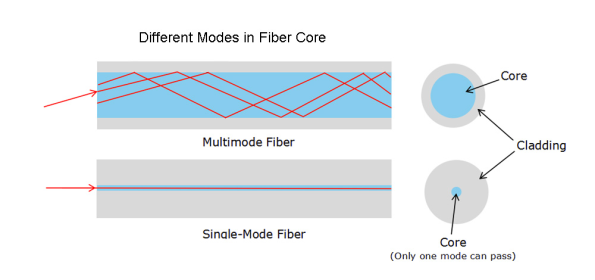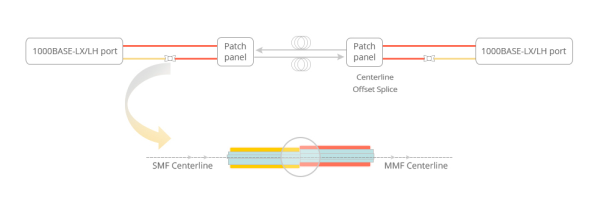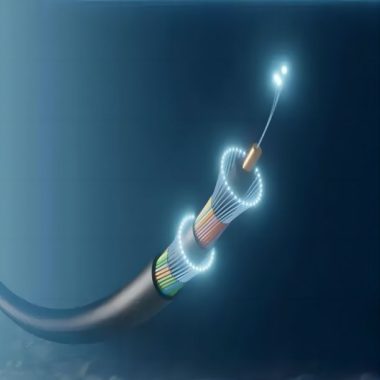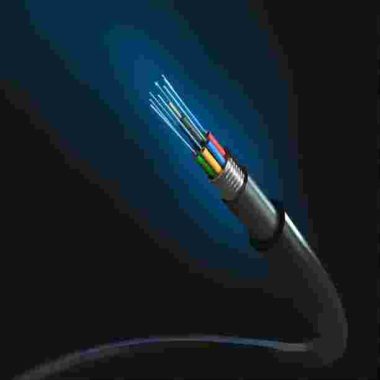
Fiber optic technology is essential in data transmission, with fiber type significantly influencing transmission distance and efficiency. Typically, multimode fiber is suited for short distances, while single-mode fiber excels in long-distance applications. However, with certain techniques, multimode and single-mode fibers can be combined to enable ultra-long-distance, efficient data transmission. Below are some commonly used methods.
1. Fiber Optic Transceivers

Fiber optic transceivers are the most common tools for converting between multimode and single-mode fibers. Transceivers enable multimode-to-single-mode conversion, significantly increasing transmission distance. For example, a Gigabit Ethernet fiber transceiver can convert multimode fiber (up to 550 meters) to single-mode fiber, achieving distances up to 20 kilometers. This method is cost-effective and suitable for scenarios requiring high transmission rates and stability.
2. WDM Converters

WDM (Wavelength Division Multiplexing) converters play a crucial role in ultra-long-distance transmission, especially in DWDM (Dense Wavelength Division Multiplexing) systems. WDM converters allow multimode signals to be converted to single-mode and permit multiple wavelength signals to coexist. This technology not only extends transmission distance but also optimizes bandwidth utilization, making it ideal for large-scale network deployment.
3. Mode Conditioning Patch Cords

Mode conditioning patch cords are specialized cables that adjust the light transmission mode, guiding a single-mode laser signal in a specific way into multimode fiber to reduce Differential Mode Delay (DMD) effects. While this method does not extend physical transmission distance, it supports seamless connectivity between multimode and single-mode equipment, suitable for specific applications in Gigabit and 10G Ethernet, such as 1000BASE-LX and 10GBASE-LX4.
Benefits of Combining Multimode and Single-Mode Fiber
The combination of multimode and single-mode fiber offers a flexible network architecture that meets ultra-long-distance transmission needs. Through the coordinated use of transceivers, WDM converters, and other devices, this setup not only extends transmission range but also ensures high bandwidth and low latency, suitable for modern data centers and long-distance backbone networks.
Conclusion
Both multimode and single-mode fibers have unique advantages, but with the right conversion and adjustment techniques, combining the two can achieve ultra-long-distance, high-efficiency data transmission. This flexible networking approach will become increasingly vital in the future of optical communication.






